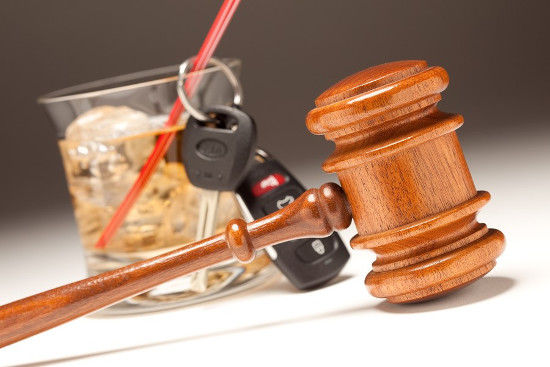NHSA Blog
Blog posts of '2023' 'February'

Help Drivers by Being a Safe Pedestrian
The World Health Organization, (WHO) reports that over 1.3 million people die each year as a result of road traffic crashes. More than half of these deaths come from people who are NOT in the vehicle. This means that, regardless of the cause of the crash, pedestrians, cyclists, and motorcyclists are at a significantly higher risk of death or injury.
Let's focus on being a safe pedestrian. A pedestrian cannot control the decisions of a driver, however intentional choices by the pedestrian can reduce their risks while walking along a roadway.
1. Walk facing traffic. Walking safely while facing the direction of traffic in the lane closest to you provides an extra layer of protection. Being able to see potential dangers allows you a few extra moments to react in a way to protect yourself. If your back is to the traffic, you may not know what is approaching you until it is too late.
2. Wear clothing that is more eye-catching, especially at night. If you have high visibility safety gear while walking or jogging along a road, drivers will more likely see you and give you the necessary safe space. Having reflective gear particularly at night will draw the light from the headlights to more effectively alert drivers of your presence.
3. Be alert! Many today walk or exercise while listening to music. Others are virtually attached to their devices and are not paying attention to their surroundings. Make sure you can hear what is going on around you by only listening to music at a moderate level. Look up! If you are walking while using your handheld device, be cautious. Keep your eyes on what is in front of you and periodically look around to be aware of what other dangers you may approach.
While this is not an exhaustive list of safety reminders, we at NHSA believe proper safety education is a key factor in driving safely. Please check out our driver education courses and take advantage of the benefits that come along with safe driving, and in this case, safe walking!
 Understanding the Consequences of Drinking and Driving
Understanding the Consequences of Drinking and Driving
Many individuals enjoy going out to dinner and perhaps have one or two alcoholic beverages and think nothing of it. Most of the time such actions when done responsibly don’t cause any severe consequences. There is an increased risk associated with such behavior when someone fails to consider factors that will affect their safety and the safety of others.
The effects that alcohol can have on a person can vary by the person and the situation. The body can process alcohol and may feel its effects in a consistent way on most occasions. This may move an individual to assume that their “limit” is clear and thus they are not at risk to drive safely. However, studies have shown that multiple circumstances can contribute to your body processing alcohol differently or even becoming affected by alcohol faster than other times. You may not be able to realize that you are more affected by alcohol than you may think. See details of a recent study HERE.
Reflecting on any situation that can potentially put you and others at risk will help you to make decisions based on sound reasoning. Failing to do so, regardless of the situation, can lead to mistaken overconfidence and a lack of awareness of important information. For example, take a moment to see the various penalties associated with drinking and driving in Florida HERE.
The CDC reports that each year drinking and driving leads to over $100 billion dollars in costs from damages and lives lost. While financial costs can be significant, it is difficult to place a price on the suffering a family must endure from the needless loss of a loved one, nor can the guilt felt by the individual responsible may feel for the rest of their life. It is clear that driving after drinking alcohol can have severe consequences, thus modesty is essential. The best protection is to designate a driver who does not plan to consume alcohol. Having a designated driver may not be required by law, but it is the only way to ensure that alcohol will not affect the drive home.
At NHSA, our goal is to provide online driver education courses that equip all drivers with what they need to be safe drivers. Whether you are a teen seeking a learner’s permit, or an adult driver seeking a basic driver safety course, check us out online to see what courses are available in your state!

